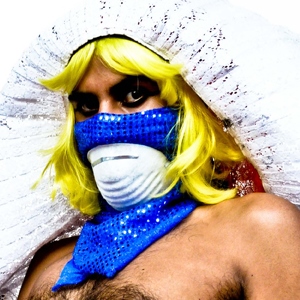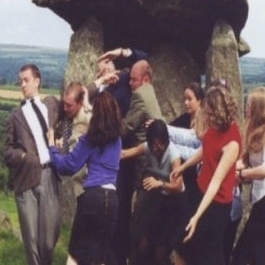The term ‘installation art’ has been used since the 1960s to designate art practice which explicitly aims to include and refer to its site and context as a crucial constituent of its meanings. Installation art sometimes involves the artists as performers. Usually, it is three dimensional, temporary, and can be entered and possibly interacted with by its audience/spectators. Almost always both the site and the spectator are regarded as necessary to the completion of the piece and its constitution as meaningful. Sometimes installation art occupies an art gallery unconventionally or it occupies a space not normally dedicated to art, as in the ‘wrappings’ of Christo and Jeanne-Claude, where they temporarily engulf in fabric natural sites or famous buildings such as Berlin’s Reichstag. Installation art arose at a point in art history when, in a political assault on the status quo, boundaries between art disciplines and media were breaking down to develop hybrid new forms: it compelled its audiences to reflect on the meanings and histories of its site. Almost always temporary, installation art argues against universalism and for the value of seeing art’s meaning as not only site-specific but also time-specific. Its interactive models of the event-audience relationship bear useful comparison to more conventional theatrical models, as well as to such ideas as Augusto Boal’s ‘spectactor’. For Michael Fried, in the late 1960s, installation art was morally bereft because it relied on the theatrical features of duration and audience in order to produce its meaning. Unlike such modernist forms as painting and sculpture, which he saw as inherently complete and therefore achieving subjecthood, it needed contextualization to be complete and was therefore consigned to ‘objecthood’. Despite Fried’s attack, the explicit relation of installation art to its audience and context actually secured its widespread acceptance and even mainstream popularity in the 1990s. From the RCTP
Image: Participants in the Oaxaca workshop take over an abandoned train to create impromptu images, 2010. Photo: Claudia Terroso. Courtesy of La perrera.

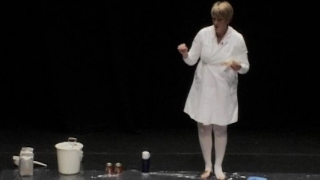
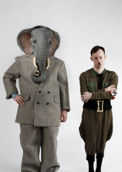
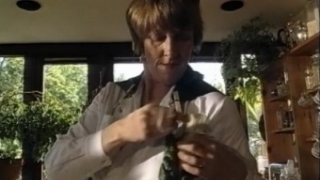
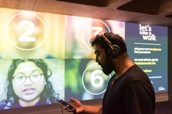


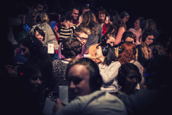
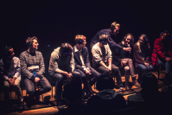
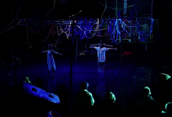
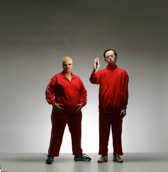
![you'll see me [sailing in antarctica] — non zero one — Trailer](/propagator/data/img-dc/original/image/youll-see-me-sailing-in-antarctica-non-zero-one-trailer/image-thumb-191102.jpg)
![you’ll see me [sailing in antarctica] – non zero one – Full length Wide](/propagator/data/img-dc/original/image/youll-see-me-sailing-in-antarctica-non-zero-one-full-length-wide/image-thumb-191101.jpg)

